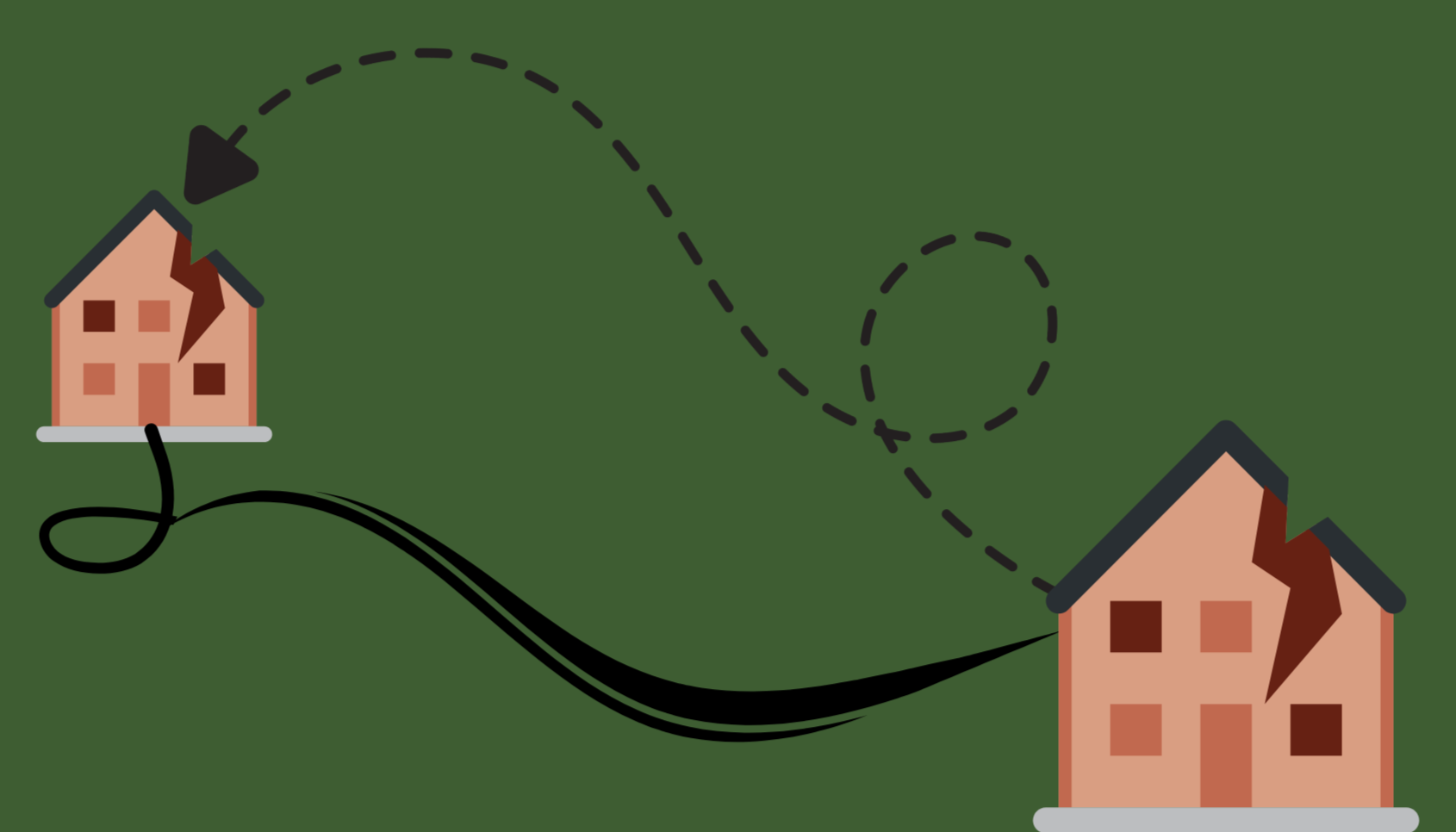We’ve Been Here Before
By Junia Howell | November 4, 2025
5 minute read
In the early 1970s, U.S. homes were selling like hotcakes. The supply of new construction and existing houses could not keep up with the escalating demand. Prices soared, becoming increasingly unaffordable for many working and lower class families.
Much like today, scholars and elected officials claimed that the solution to the housing crisis was to build more homes. With this goal in mind, the federal government made home mortgages more available, resulting in a growing supply of units. Yet, contrary to expectations, prices did not decrease. They skyrocketed.
I’ve been learning more of this history while working on my book manuscript. The more I’ve uncovered, the more lessons I think we can learn from our nation’s past.
The First Bailout
The first time the U.S. federal government tried to solve a national housing crisis was in the wake of the Great Depression. The 1929 stock market crash caused millions of U.S. mortgages to fall into default. The federal government stepped in, offering refinance mortgages directly to homeowners.
Some lawmakers did not want this intervention to become permanent. They argued that a federal mortgage program would infringe on the business of private banks. Their solution? Let the banks offer mortgages to people, and let the government offer mortgages to banks.
Logistically, this meant banks would first provide mortgages to customers as they had always done. Then, banks could turn around and “sell” the mortgages to the federal government. Every time the government bought a mortgage, the bank got all their money back in their safes. This enabled the banks to turn around and provide another mortgage with their cash. In short, the government was pumping money into the housing market from behind the scenes.
Expanding the Market
By the 1970s, the housing market had gotten into another pickle. The construction of new homes was not keeping up with the growing demand. Home prices were rising—making it even harder for the working class to get the shelter they needed.
Elected officials hoped to address the problems by expanding the existing mortgage program. However, there was political resistance to simply expanding the budget for mortgages. So lawmakers hatched a new plan: privatize the secondary mortgage market.
Rather than having only the federal government purchase mortgages from banks, the new program would allow anyone to buy mortgages from banks (as long as they did it through one of the government-sponsored companies overseeing the trade). Wall street traders, pension funds, university endowments, and individual investors could use their cash to purchase mortgages from banks. In return, the investors got a cut of the interest payments homeowners pay each month.
Money poured in from across the country. Banks could offer more and more mortgages—mortgages that went to constructing a record number of houses.
By the end of the decade, the nation had more houses per person than ever before in history. Yet, the price of homes did not come down—they continued to rise, even faster than before. More money in the mortgage market increased, rather than decreased, home prices.
Repeating the Story
During the height of the COVID-19 pandemic, federal leaders were once again concerned about a potential housing and economic crisis. Echoing the actions of previous decades, the leaders of the nation’s monetary policy decided to pump large amounts of capital into the mortgage market.
Once again, the influx of capital increased the construction of homes, but exponentially increased home prices. Injecting money into the economy that could only be spent on houses—and, for that matter, that could only be spent on houses in certain neighborhoods—makes home prices go up faster than wages. This, of course, makes homes harder for people to afford.
Rethinking the Fix
As I have better understood what happened in both the 1970s and 2020s, I have increasingly realized our government’s go-to fixes for housing crises often make the crises worse. Pumping money into the housing market through mortgages has only made housing less affordable. Not to mention, distributing these mortgages using racist and classist appraisal methods also makes the housing market increasingly unequal.
New appraisal methods and investment strategies are needed to truly address our housing affordability crisis. This is exactly what we are trying to do at eruka, rethink our housing and finance infrastructure to support a more just and equitable economy.


